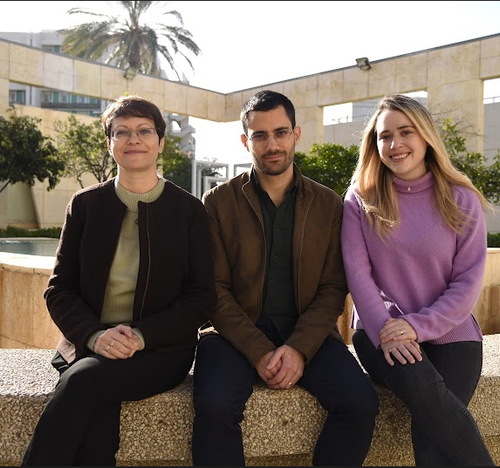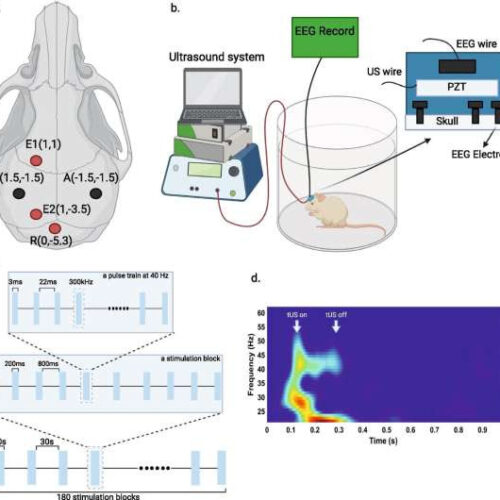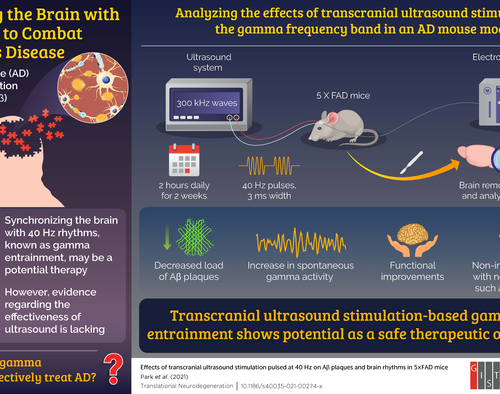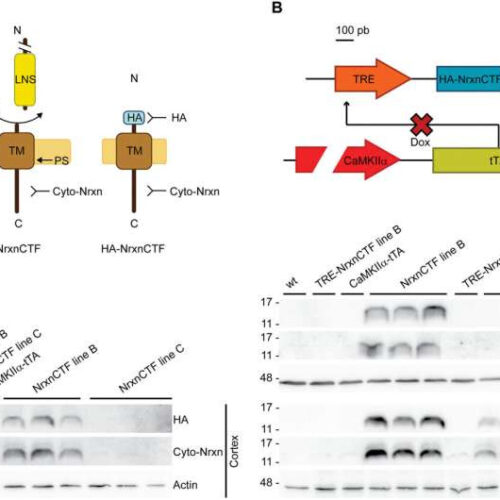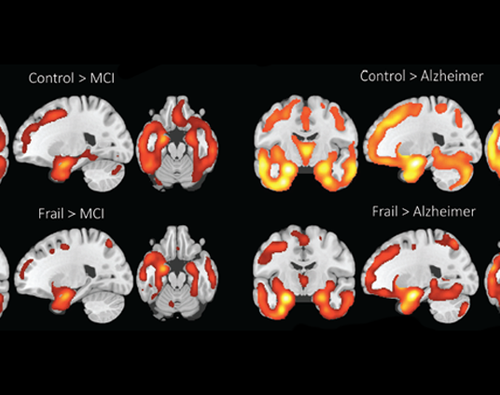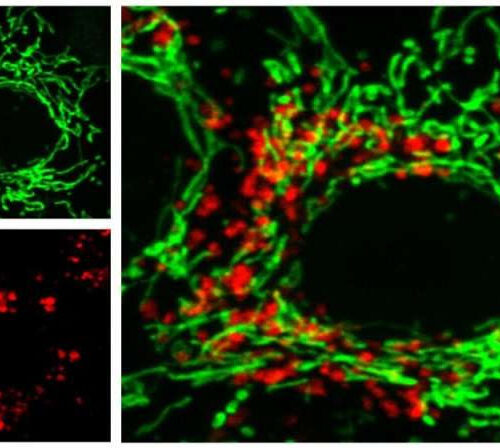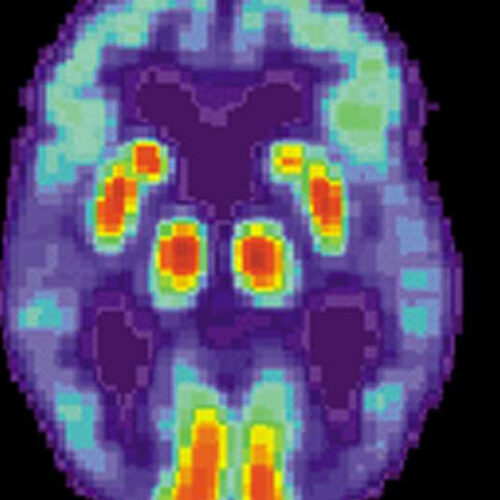TEL-AVIV UNIVERSITY IMAGE: (LEFT TO RIGHT): PROF. INNA SLUTSKY, DANIEL ZARHIN AND REFAELA ATSMON. CREDIT: DR TAL LAVIV The researchers believe that low-arousal states such as sleep and anesthesia expose failures in a mechanism that regulates stability of brain activity in the early, pre-symptomatic stage of Alzheimer’s disease. This discovery paves the way to early...
Tag: <span>Alzheimer’s disease</span>
How a hyperactive cell in the brain might trigger Alzheimer’s disease
It all started with genetic data. A gene here, a gene there. Eventually the story became clearer: If scientists are to one day find a cure for Alzheimer’s disease, they should look to the immune system. Over the past couple decades, researchers have identified numerous genes involved in various immune system functions that may also...
What’s good for the heart is good for the brain
by American Heart Association Credit: Pixabay/CC0 Public Domain The same risk factors that contribute to making heart disease the leading cause of death worldwide also impact the rising global prevalence of brain disease, including stroke, Alzheimer’s disease and dementia, according to the American Heart Association’s Heart Disease and Stroke Statistics—2022 Update, published today in the...
Transcranial ultrasound used in mice with Alzheimer’s disease features
by Alzheimer’s Research UK Experiment protocol. (a) EEG electrode positions for surgical implantation. E1 and E2 indicate electrodes on the frontal and parietal cortex, respectively, while reference electrode (R) was placed on cerebellum. G and A correspond to the electrodes for animal grounding and the anchoring screw, respectively. Red dots denote the location of implants...
Researchers from the GIST propose ultrasound stimulation as an effective therapy for Alzheimer’s disease in new study
GIST (GWANGJU INSTITUTE OF SCIENCE AND TECHNOLOGY) IMAGE: ULTRASOUND STIMULATION AS AN EFFECTIVE THERAPY FOR ALZHEIMER’S DISEASE CREDIT: GWANGJU INSTITUTE OF SCIENCE AND TECHNOLOGY With the increase in average life expectancy in many parts of the world, certain age-related diseases have become more common. Alzheimer’s disease (AD), unfortunately, is one of them, being extremely prevalent...
Understanding memory loss in Alzheimer’s disease
by University of Seville Fig. 1. Generation of NrxnCTF transgenic mice. A) Schematic drawings showing the proteolytic processing of Nrxns by metalloproteases and PS (left) and the HA-tagged NrxnCTF transgene used in this study (right). The regions recognized by the HA and the cyto-Nrxn antibodies are indicated. LNS, Laminin/Neurexin/Sex hormone binding-globulin domain; TM, transmembrane region....
Cognitive decline not always a sign of Alzheimer’s disease
SOCIETY FOR NEUROSCIENCE IMAGE: THE BRAINS OF THE COGNITVELY FRAIL MORE CLOSELY RESEMBLE THE BRAINS OF HEALTHY CONTROLS THAN THOSE OF ADULTS WITH ALZEHEIMER’S DISEASE OR A MILD COGNITIVE IMPAIRMENT. CREDIT: KOCAGONCU ET AL., JNEUROSCI 2022 At the first sign of cognitive trouble, people often worry Alzheimer’s disease is forthcoming. But poor cognition can be...
A new method for treating Alzheimer’s disease
by Thomas Olafsen and Elin Doeland, University of Oslo The green colors show healthy mitochondria while the red ones are damaged mitochondria undergoing “clearance” by mitophagy. Credit: Xu-xu Zhuang One in six Norwegians over 80 is affected by Alzheimer’s disease. Numbers are even higher worldwide, and there is still no cure available. Researchers at the...
Findings open the way to more precise diagnoses and treatments of Alzheimer’s disease
by Case Western Reserve University PET scan of a human brain with Alzheimer’s disease. Credit: public domain An international team led by Case Western Reserve University’s School of Medicine has made a significant breakthrough in understanding why Alzheimer’s disease progresses so rapidly in some people that they die within three years. The researchers found a...
Neuroprotective mechanism altered by Alzheimer’s disease risk genes
by Molly Chiu, Baylor College of Medicine Credit: Baylor College of Medicine The brain has a natural protective mechanism against Alzheimer’s disease, and researchers at Baylor College of Medicine, Texas Children’s Hospital, and collaborating institutions have discovered that gene variants associated with risk of developing the disease disturb the protective mechanism in ways that can...

